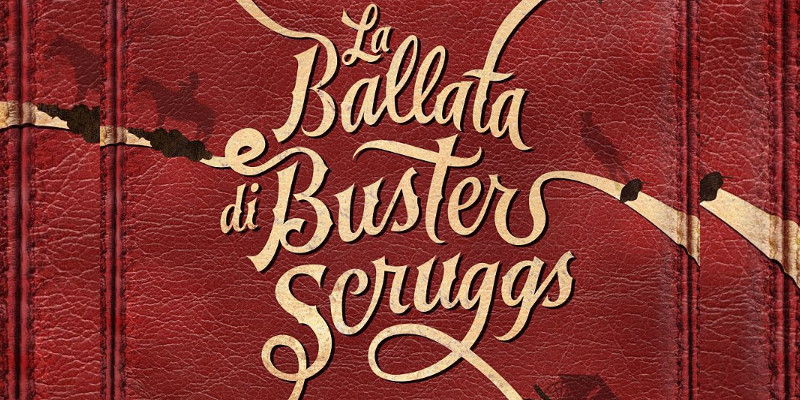Joel Coen is prepping his upcoming Macbeth adaptation (sans Ethan) starring Denzel Washington, and Frances McDormand. The official title of the A24-produced title film is “The Tragedy of Macbeth,” and, although shooting was shut down due to the COVID-19 pandemic, production seems to have been completed in the last few weeks.
Read moreJoel Coen Confirms ‘The Tragedy of Macbeth' Will Be Very Faithful to the Original Text
Joel Coen: Movies Have Beginning/Middle/End; TV Shows Have Beginning, Middle & Then Are Beaten to Death
Joel Coen's Next Movie Will Be Adaptation of ‘Macbeth' Starring Denzel and Frances McDormand.
I am an unabashed Coen-head. I love them. They are the best American filmmakers of the last 30 years. I’m not even exaggerating. I’ll just name the classics: “Fargo,” “Barton Fink,” “The Big Lebowski,” “No Country For Old Men.” Ok, fine, the semi-classics are “Inside Llewyn Davis,” “A Serious Man,” “Miller’ Crossing,” and “Raising Arizona,” “Burn After Reading.” Then there’s just the plain great movies: “O Brother Where Art Thou,” “The Man Who Wasn’t There,” “Burn After Reading,” and “Blood Simple.”
Read moreJoel and Ethan Coen's 'Ballad of Buster Scruggs': All six shorts reviewed
Joel and Ethan Coen‘s "The Ballad of Buster Scruggs" was supposed to be a six-part Netflix anthology series, but it was then announced, right before the Venice Film Festival, that it would premiere and be released as a 132 minute feature-length film using the structure of an anthology. Any new work by the Coens should instantly be an automatic must-see for any serious cinephile. 'Buster Scruggs' is no exception. I've decided to review each of the six segments 0f the film and rate them based on their own merits. It's the only way to truly dissect the latest work from a directing duo that has become, quite possibly, the best working filmmakers in the world.
Read more15 Great Modern-Day Movies Shot in Black & White
Since the 1960s, movies shot in black and white have practically become extinct. The number of films shot in black and white has decreased every successive decade since then. And yet, sometimes a movie demands to be shot without color to capture a certain kind of mood or tone that color would otherwise fail to get. In the case of the following list, "modern-day" means anything produced after 1970, which is when the decline really started happening. The following 15 examples are further proof that black and white will never die, as long as there are directors and DP's out there willing to value and acknowledge its importance.
Read more





